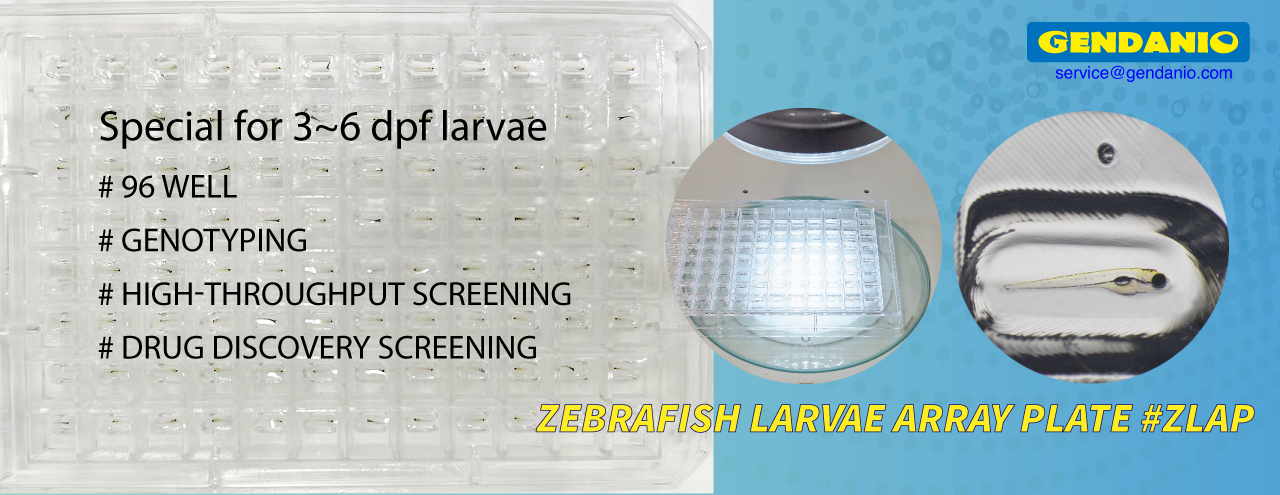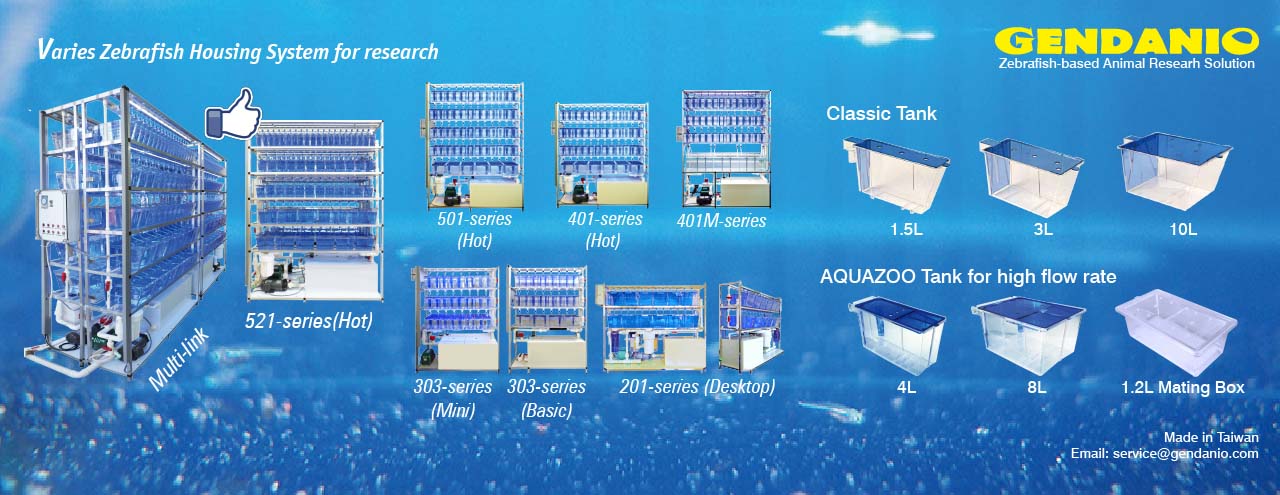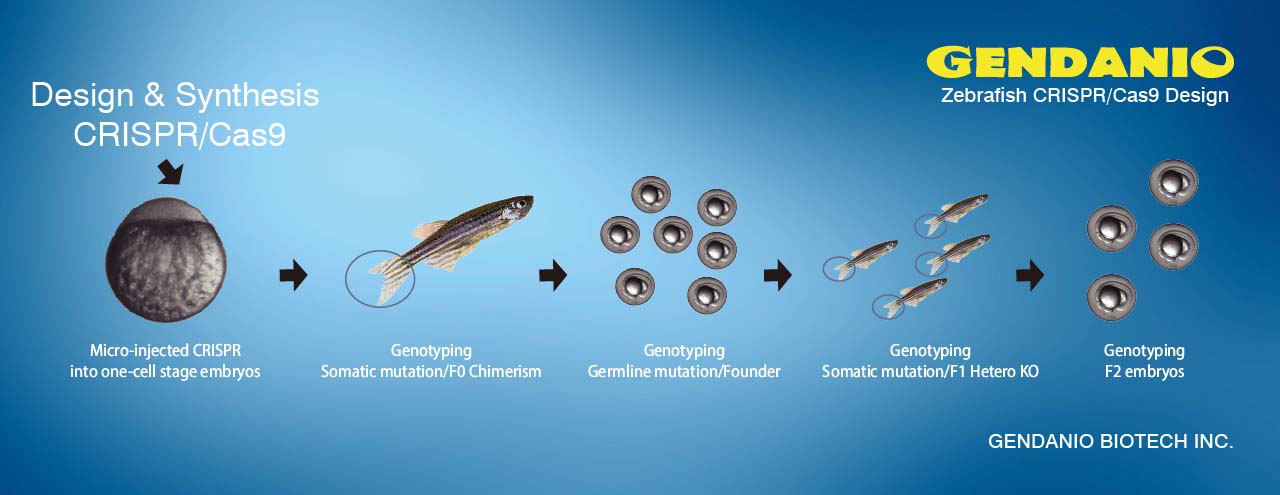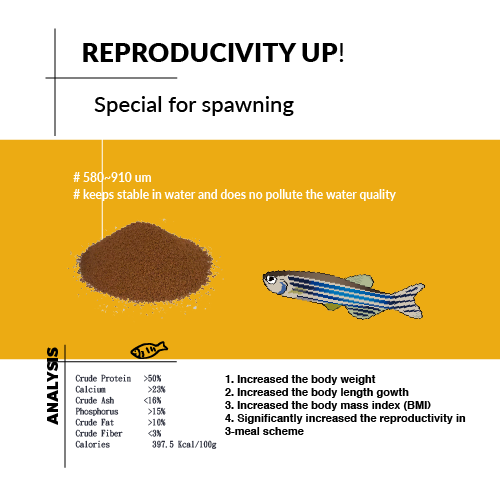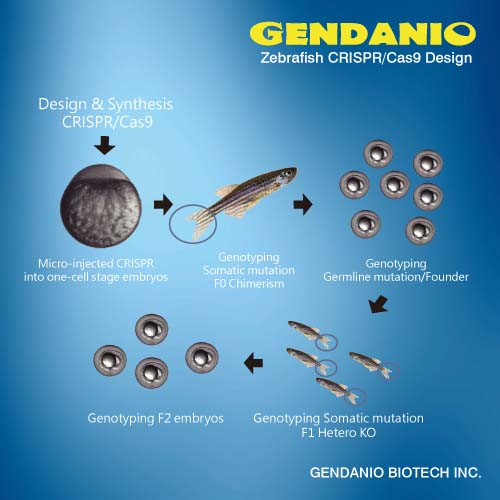ScienceDaily (July 18, 2005) — What do you get when you mix RNA chips and zebrafish? A new two-stage method for studying human gene expression differs in human stem cells and progenitor cells, according to a new article in the open access journal PLoS Biology. In the paper, Catherine Verfaillie and colleagues identify 277 human genes with different gene expression profiles in stem and progenitor cells involved in blood cell development, or hematopoiesis. The paper also suggests that a developmental regulator called fibroblast growth factor may play a role in hematopoiesis.
The new method may also have relevance beyond the field of blood development. "This could be done not only for hematopoietic stem cells as is done here but also for brain, pancreas, endothelium, smooth and cardiac muscle, because of the high homology between man and fish in development of these tissues," explains Verfaillie.
The RNA transcript microarray, or "RNA chip," allowed Verfaillie and colleagues to compare gene expression in cell cultures with many or few hematopoietic stem cells. Previously, the authors had developed a method to harvest stem cells using bone marrow and blood from umbilical cords. Sixty-one of the 277 genes found to have different expressions profiles in stem and progenitor cells had no known function in human hematopoietic stem cells, though the genes do resemble genes found in zebrafish. Fish with mutated versions of fourteen of these genes developed blood disorders, suggesting that the genes are necessary for normal hematopoiesis. Three of the 14 genes are known to play a role in fibroblast growth factor signaling. In the future, researchers may learn the specific relationship between fibroblast growth factor and hematopoiesis.
But Verfaillie stresses that the study has implications for researchers in various fields. "This is one of the first examples in the literature where high-throughput gene expression analysis using gene arrays has been functionally validated by high-throughput true functional analysis in a model organism," says Verfaillie. With this approach, new studies may zero in on genes with central roles in other kinds of human development.
###
Citation: Eckfeldt CE, Mendenhall EM, Flynn CM, Wang TF, Pickart MA, et al. (2005) Functional analysis of human hematopoietic stem cell gene expression using zebrafish. PLoS Biol 3(8): e254.
Source: ScienceDaily

